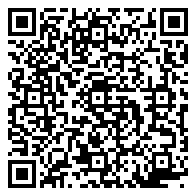Learning Lessons from the Impacts of Relocation Indigenous Scholars for Academic Appointments: Dr. Andrew Judge
In 2014 and 2015, significant efforts were made by colleges, institutes, and universities to overhaul Indigenous post secondary education in Canada. For universities, the reasons are clear. University achievement rates for Indigenous peoples living in the sixty-five closest communities to where the 15 research intensive universities in Canada (U15) are located is five times lower than the national average. Three major documents outlining strategic plans identified a need to increase Indigenous faculty who represent just .3% of total academic staff at U15. To better grasp how increasing IUI numbers at U15 will impact them a multisite exploratory case study grounded in Indigenous principles of land sustainability was established. This mixed Indigenous and Western approach ensured the study respected both methods for knowledge acquisition. The primary question asked: How are tenured IUI at tier one institutes impacted by relocating for academic appointments? The study overviews the current state of U15 Indigenous education. It explores literature relating to relocation and its potential harmful impacts on IUI and their ability to perform their regular duties, while maintaining their cultural identity. Five IUI located at U15 across Canada with more than 100 years of academic experience collectively, were interviewed and provided important insights to both the complexities of relocating and the challenges of working in a colonial knowledge based academic environment. The latter of these insights eventually became the focus of the findings, discussion, and recommendations for changes. From these findings it is plain, IUI face many succinct challenges in the U15 environment their colleagues do not. From the interruption of cultural continuity, to dramatic underrepresentation, to racism. If universities across Canada wish to fulfill their new mandates to increase IUI, without perpetuating the pitfalls of colonialism, and threatening yet another generation of Indigenous peoples, the recommendations found herein should be used as a guide.

